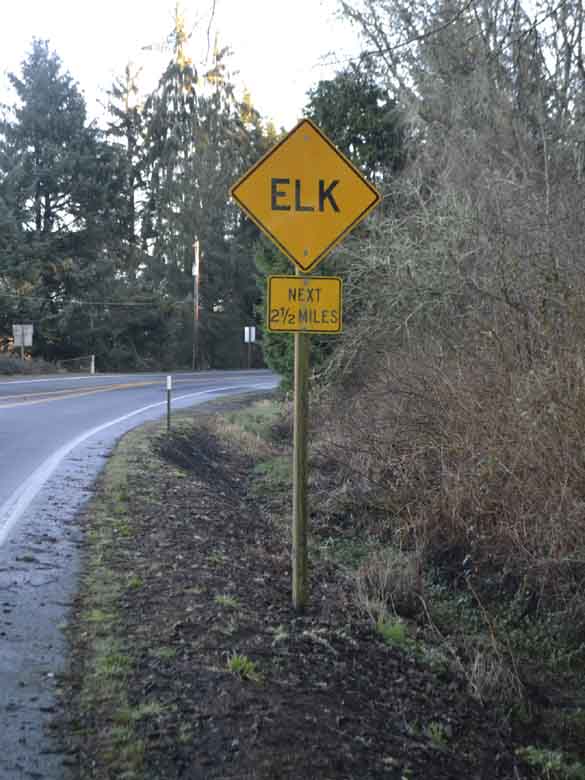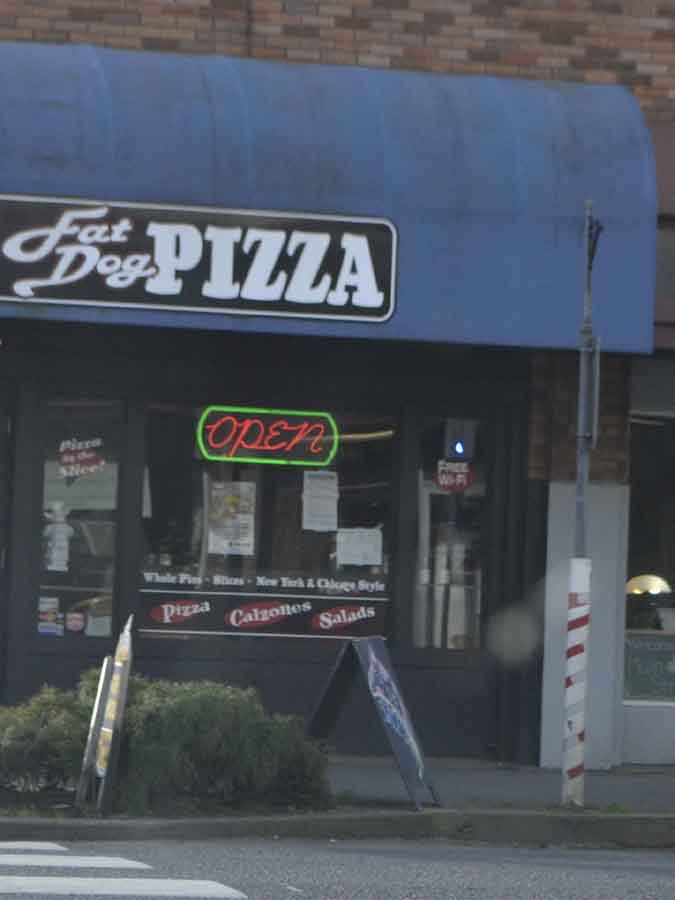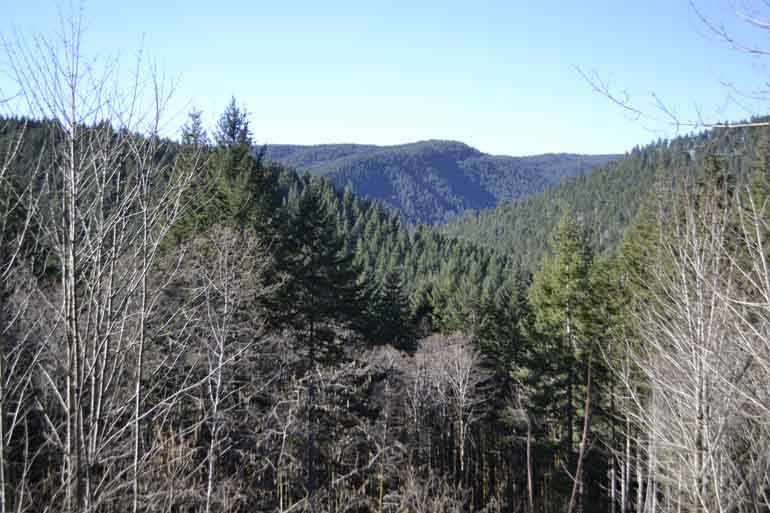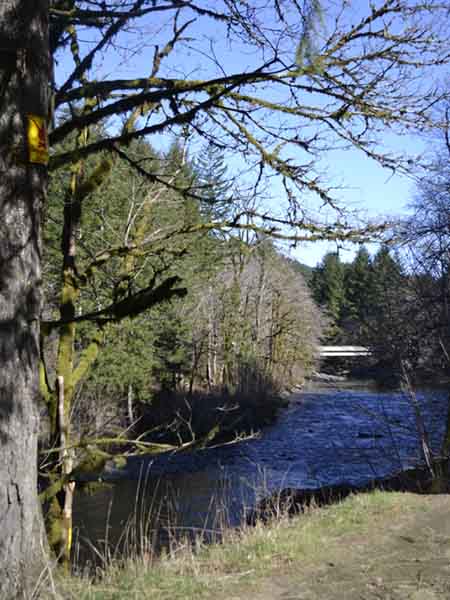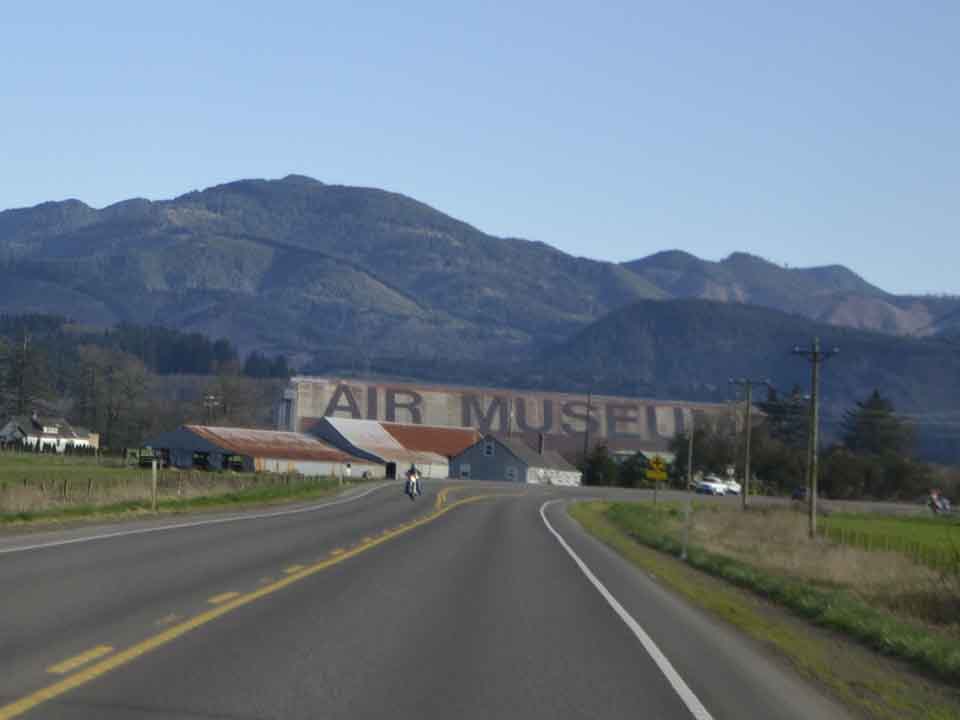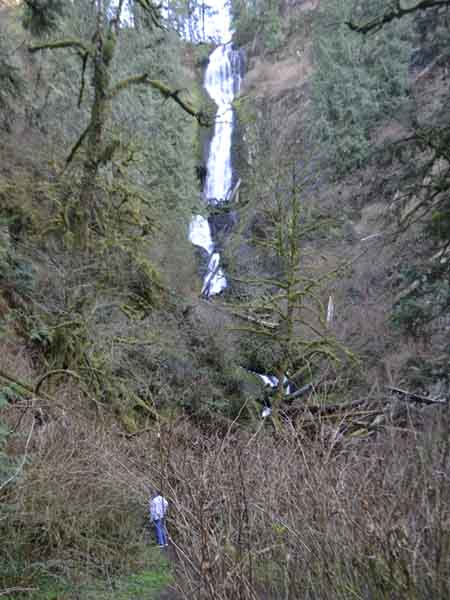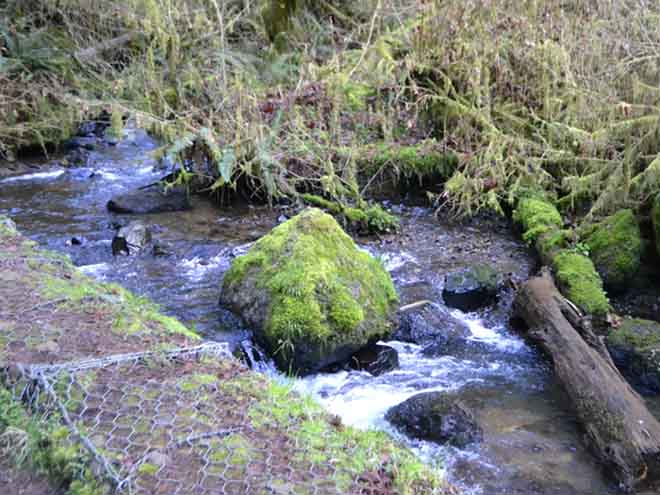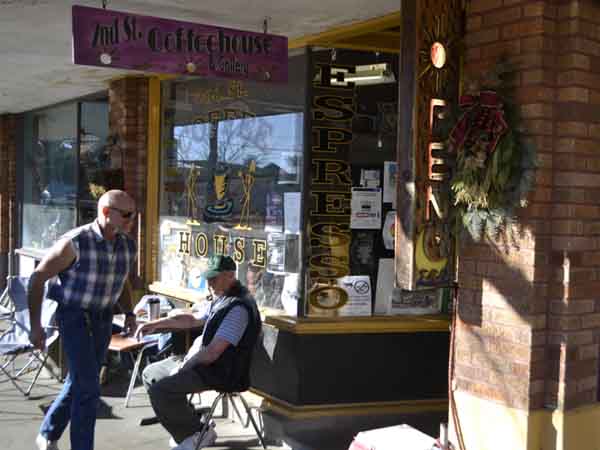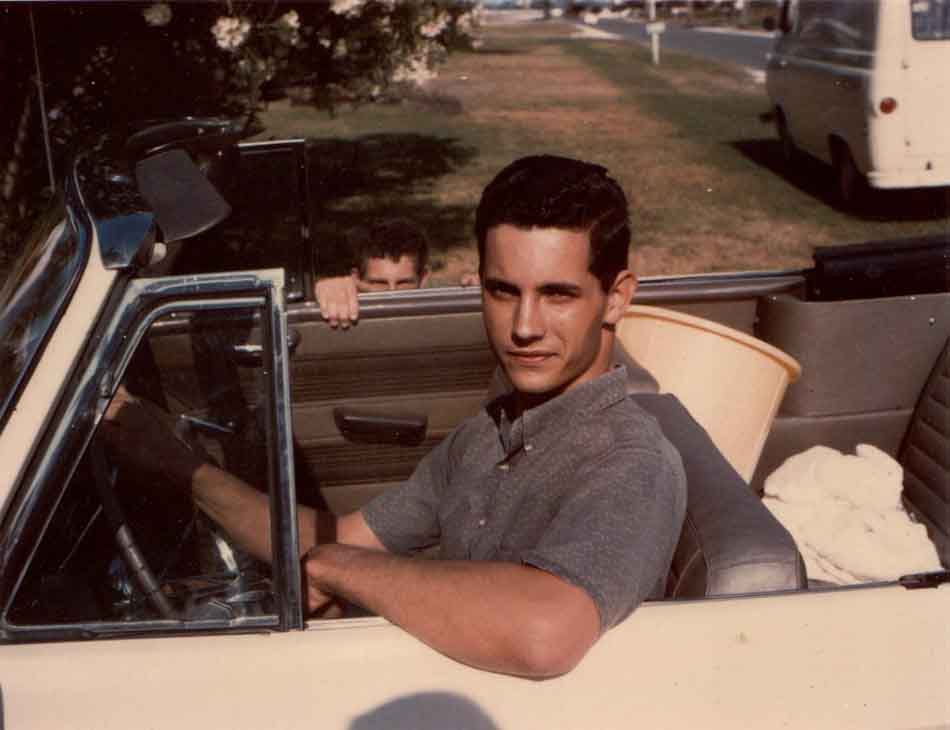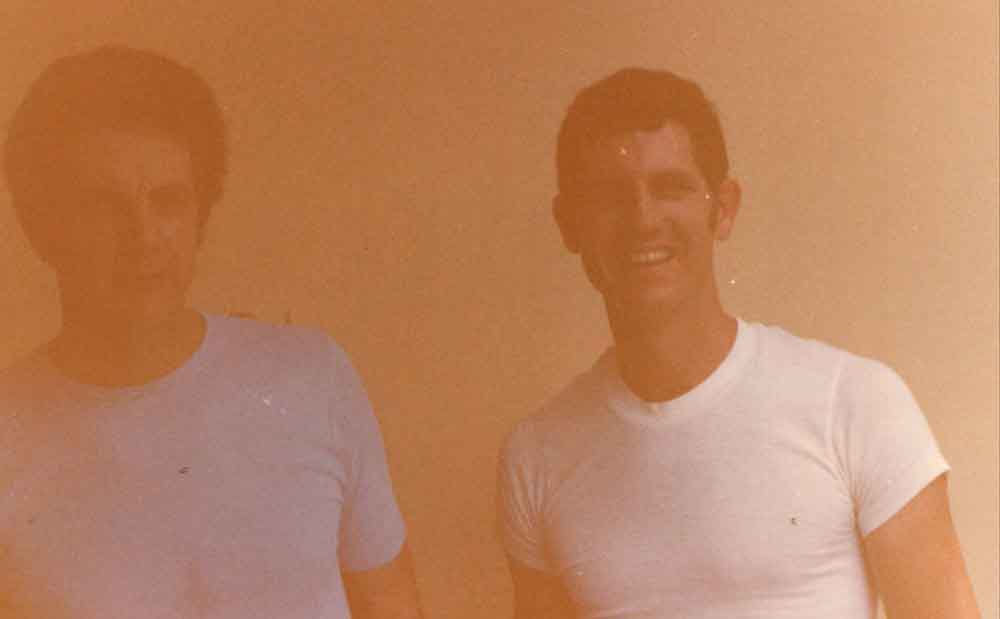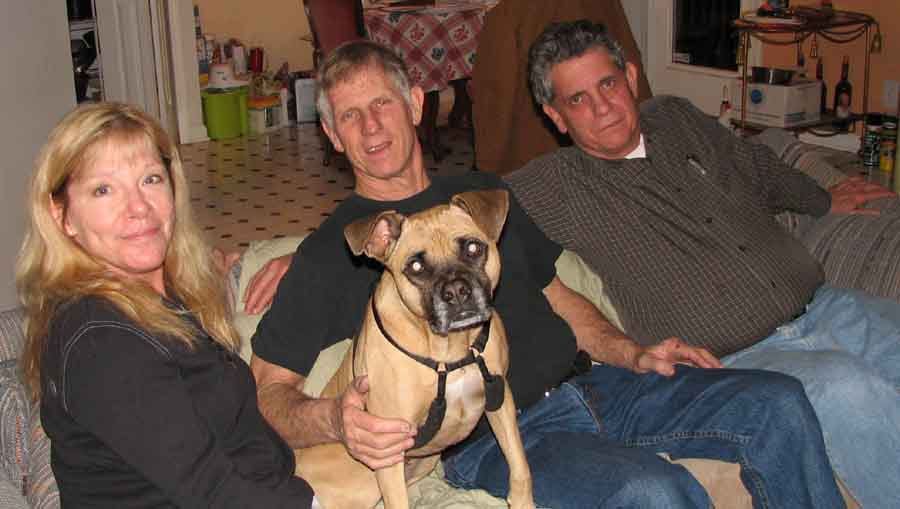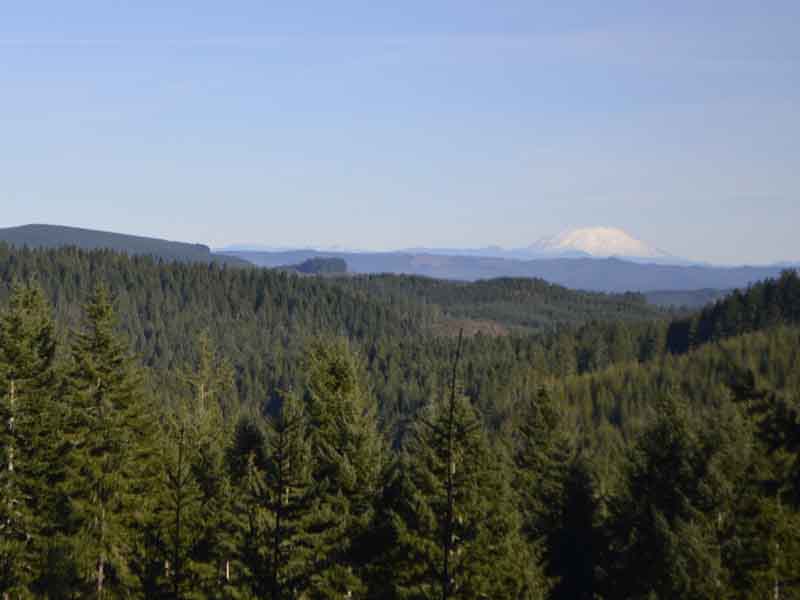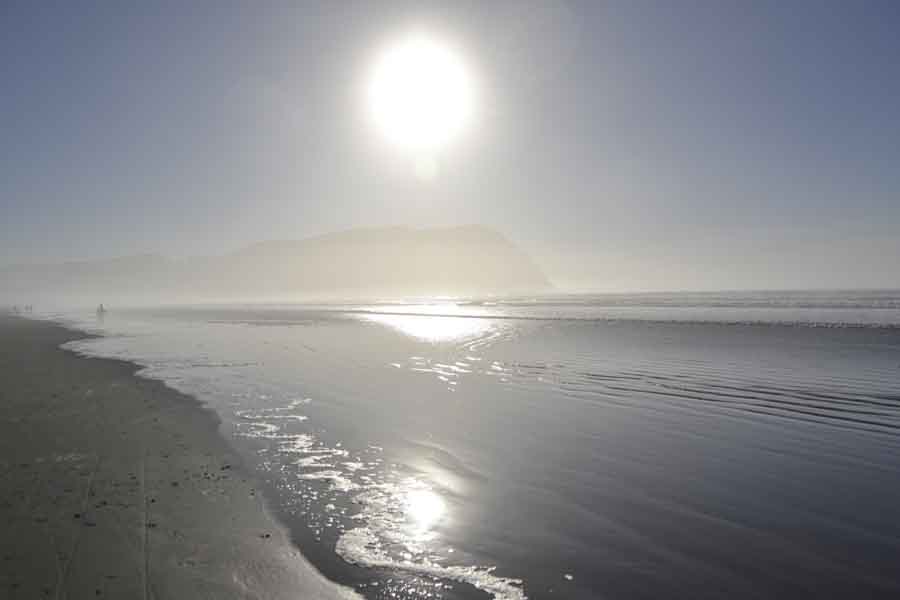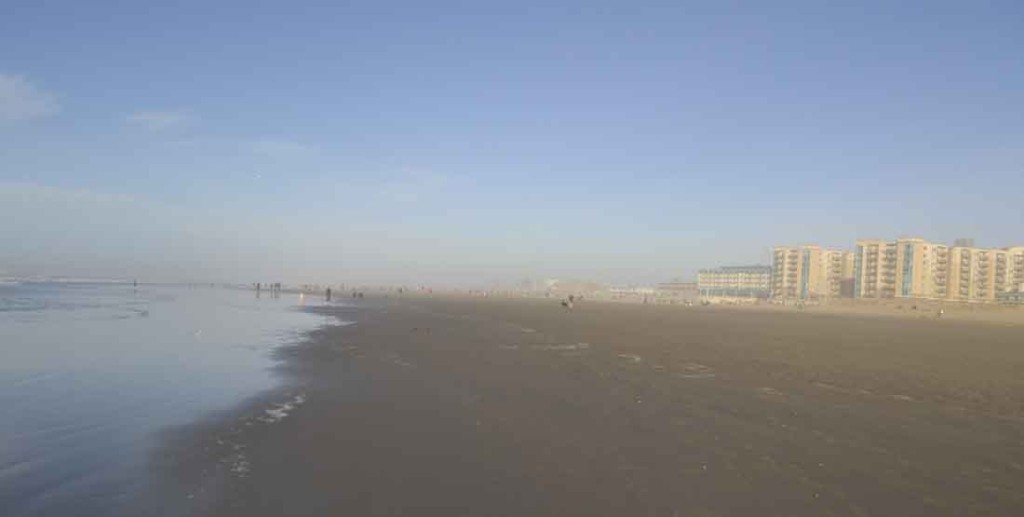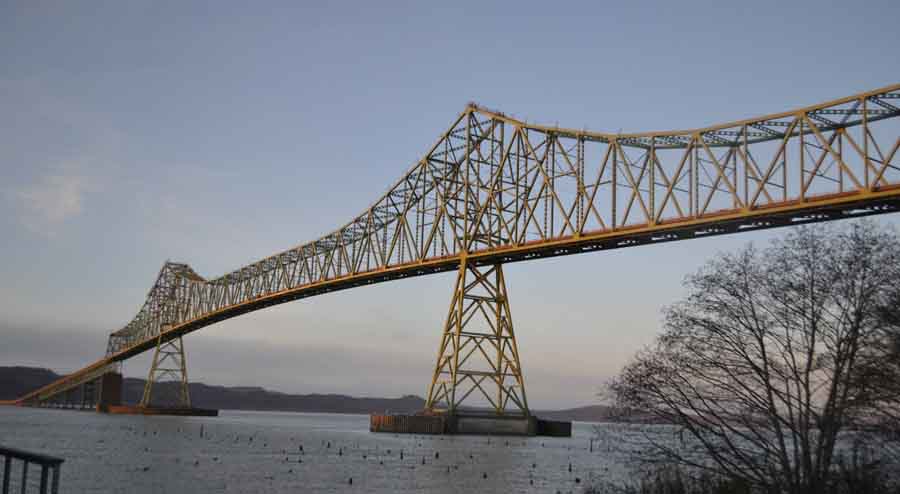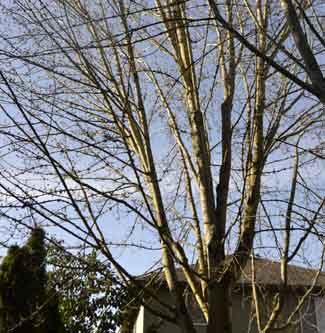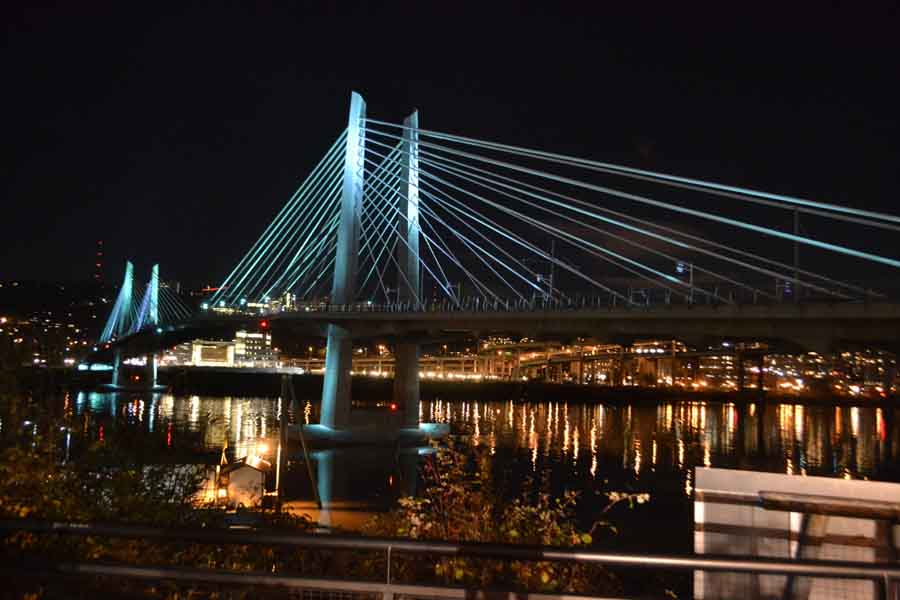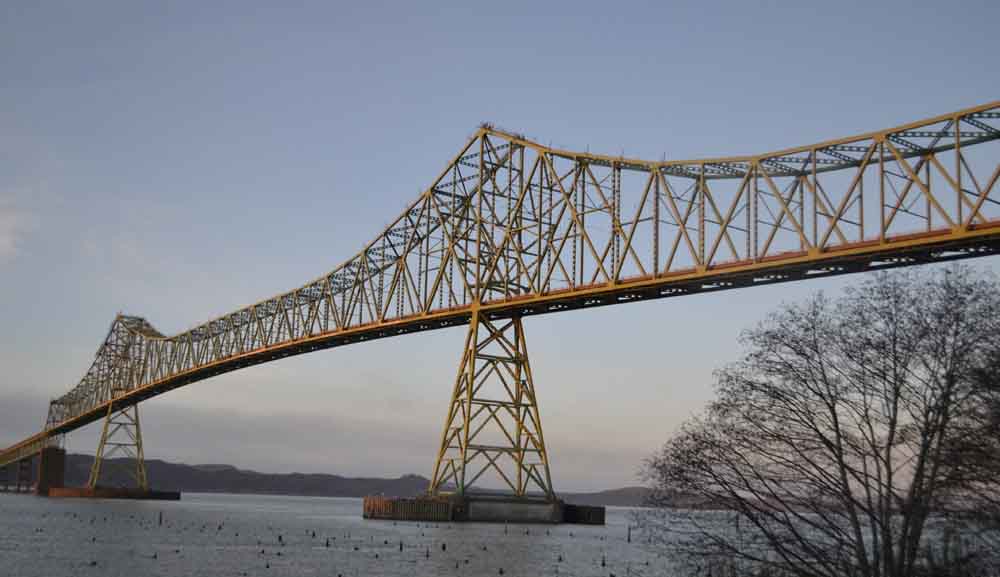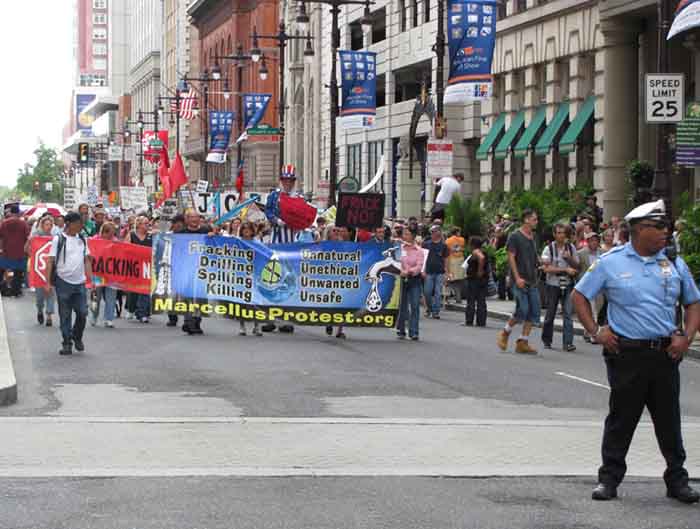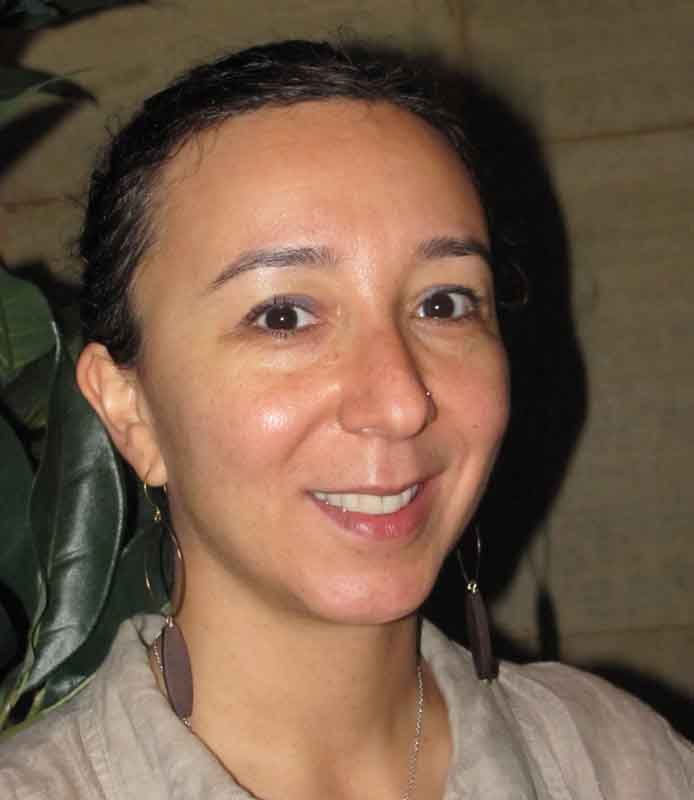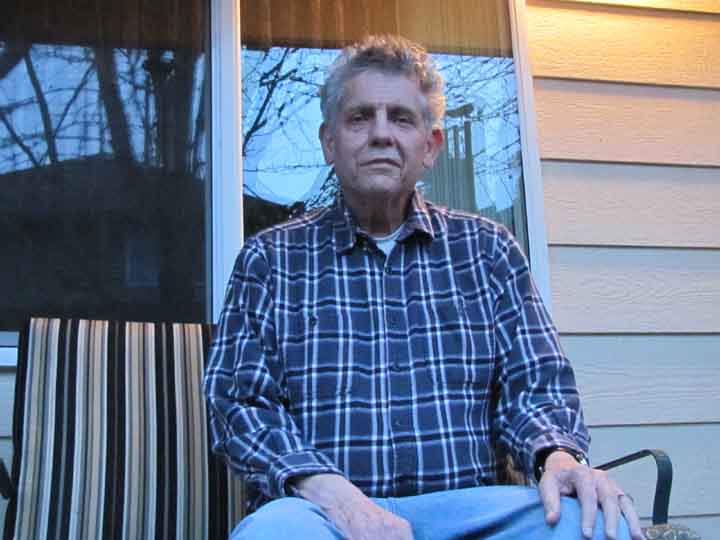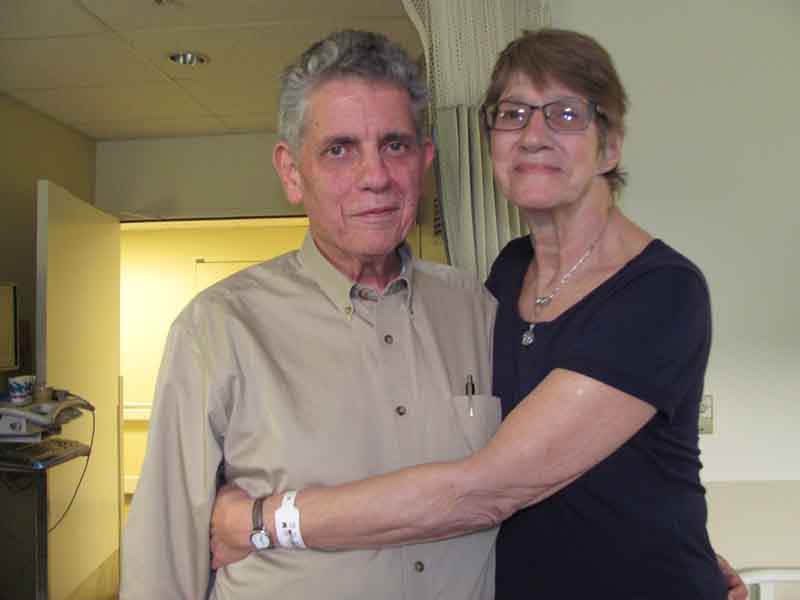
When I left my apartment on March 11 for Mt. Tabor, on the east side of Portland, Oregon, I didn’t realize the destination of my writers’ conference sat on top of a dormant volcanic vent. But that’s old news. Little did I know a different kind of eruption was going on at home.
Three hours and twenty minutes later, I returned home to see the aftermath. Alice was staring at the kitchen counter while all the silverware from the dishwasher was strewn about.
Alice explained everything was fine, and so was she. No, that wasn’t right, everything was not fine. Her ramblings didn’t seem logical.
Ten minutes later, I stammered, “I think we should go to the emergency room,” but Alice again tried to make sense of nonsense. Five minutes of slurred speech later, I insisted she get dressed and go with me to seek help at Kaiser Permanente Westside Medical Center’s emergency room. She consented, resignedly.
Attentive doctors and nurses surrounded us from the moment we walked in, and hurriedly we were escorted to Triage Room #12. Within 36 hours, after being admitted into the hospital, we learned the bitter truth: Alice suffered a full-blown stroke.
The dark forces attacking Alice’s wellbeing caused me distress, and tears readily revealed my love. And on Friday, March 13th, after the alert, caring staff throughout Kaiser Permanente had stabilized Alice, she was admitted to downtown Portland’s renowned Legacy Rehabilitation Institute of Oregon, known fondly as RIO.
Alice is in RIO, because her stroke resulted in aphasia, the same affliction that former Arizona’s representative to the U.S. Congress Gabrielle Giffords suffered after a failed assassination attempt. Aphasia is characterized by an inability to speak because of damage to the language pathways in the brain’s left hemisphere.
Giffords got better as her rehabilitation became markedly effective, although those who suffer the injury have little hope of full recovery. On March 15, CBS-TV’s Sunday Morning show created a video essay about the Congresswoman and retired astronaut husband Mark Kelly, documenting how much she’s improved.
Here in Portland, though, Alice has just been diagnosed. She keeps her cellphone turned off, because she can’t finish sentences. She can’t text competently either.
But over the uncertain days I’ve watched her, a pattern has become clear. Alice worries more about me than herself. Her entire focus is my own wellbeing. And she hardly ever complains.
When Alice said it was okay for me to write about her stroke, she displayed courage that transcends the violation of privacy. Alice isn’t bothered about what others might think; she wants me to channel my anguish into a positive creative outlet.
I don’t know what good deeds I’ve done over the years to have such a woman at my side. All I know is my heart is filled with admiration and unyielding affection when I think of her.
Before I left her bedside, she made me promise to do two things: first, to exercise at the fitness area in our apartment complex; second, to write something new, so this blog doesn’t grow stale.
In my mind, Alice McCormick represents the essence of love. And whatever mischief the fates had in mind can only fan the flames of love that burn inside me.
So goodnight, my love. I’ve done all that you asked of me.
